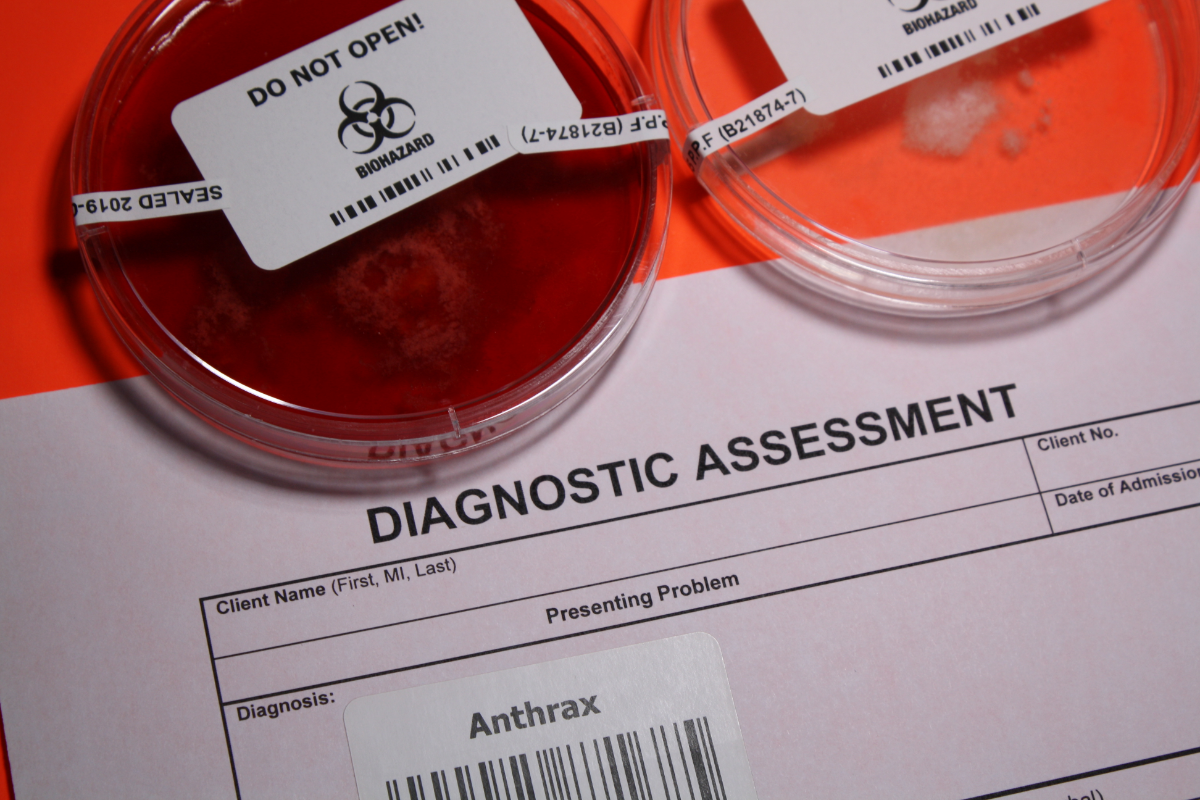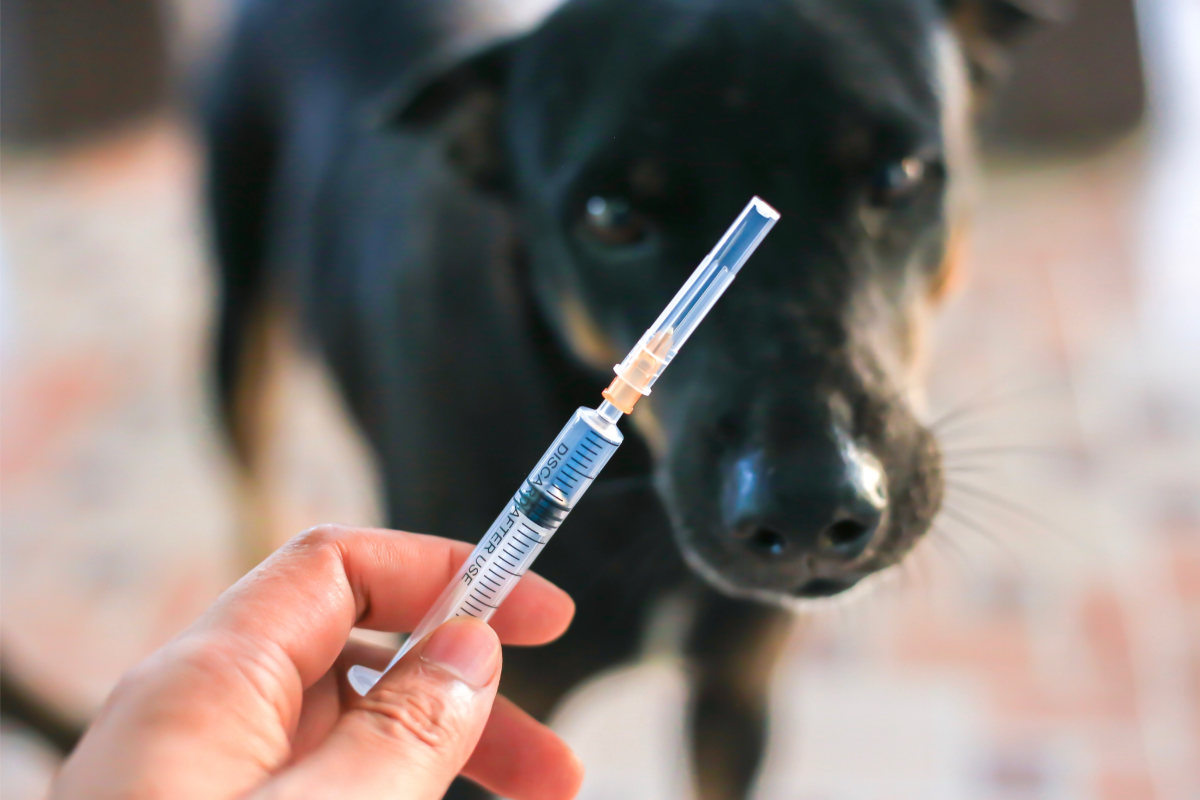Choriomeningitis: A little-known zoonosis of rodents
Lymphocytic choriomeningitis (LCM), also known as viral choriomeningitis, is a viral disease caused by a virus of the genus Lymphocytic choriomeningitis virus (LCMV). Although rare, this infection can have serious consequences for human health. What’s special about LCM is that it is often transmitted to humans by infected rodents. This makes it a zoonosis, i.e. … Read more












